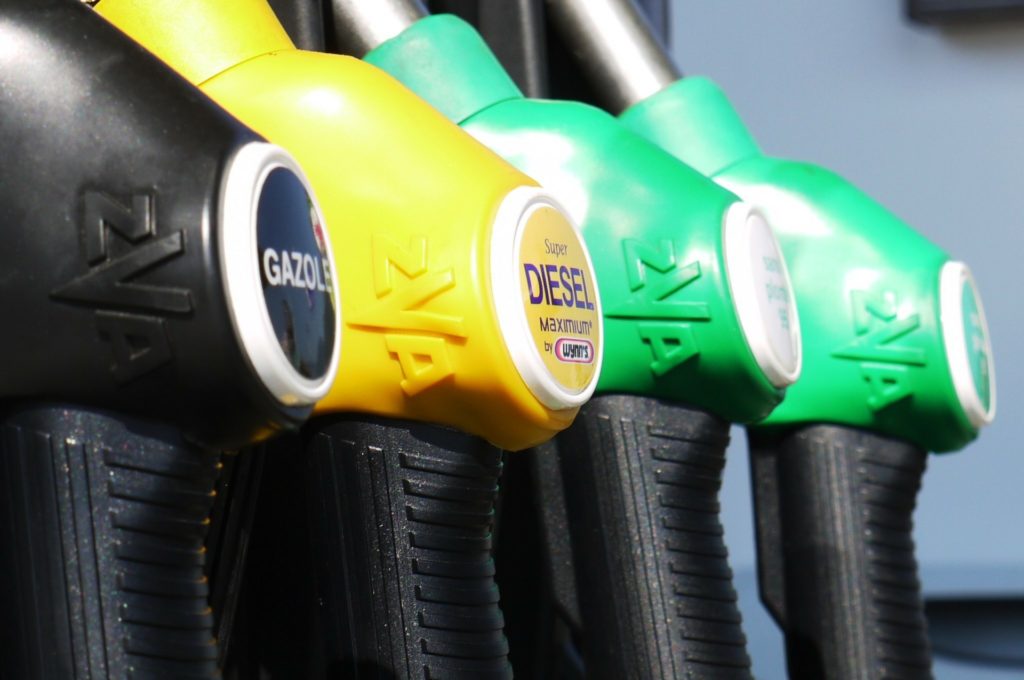By Clint Thompson
Ricky Powe’s fall vegetable production generated positive yields. Combine that with an advantageous market for farmers and it should have produced a content farmer. So why wasn’t this South Georgia farmer more pleased with his cropping situation?

It is the exorbitant amount of spending he and other specialty crop farmers are paying for input costs.
“That’s going to be my Achilles heel for this fall. We’ve had decent markets and decent production, but I’m not so sure with the freight rates and all the inputs, whether we’re making money or not. That’s the million-dollar question right now,” Powe said. “I was talking to a guy that I work with. He’s growing in Florida. He said, ‘You had a pretty good fall, didn’t you?’ I said, ‘Well we had good yields, and I think we’ve had good prices, but I’m not so sure about the net.’ All I’m worried about is the net at the end of the go-round. We’ll see what’s going on with that.”
Expensive Inputs
The high expenses producers are doling out to cover fertilizer costs and diesel prices doubled during Powe’s fall production season. He paid $195 per ton for drip fertilizer at the beginning of the fall season. But his most recent purchase cost about $360 per ton. Powe paid between $200 and $250 for diesel during the middle of September. But now it’s costing close to $500.
He admits to having an ample supply of labor to harvest his crop, but he’s had to pay premium dollar for it.
The rising costs raise concern for what specialty crop producers can expect during the spring. Early indications are more of the same unfortunately.
“Another thing I’m in the process of right now is trying to tie down some plastic for the spring crop. I know that’s almost $100 an acre more than it was last fall,” Powe added.









